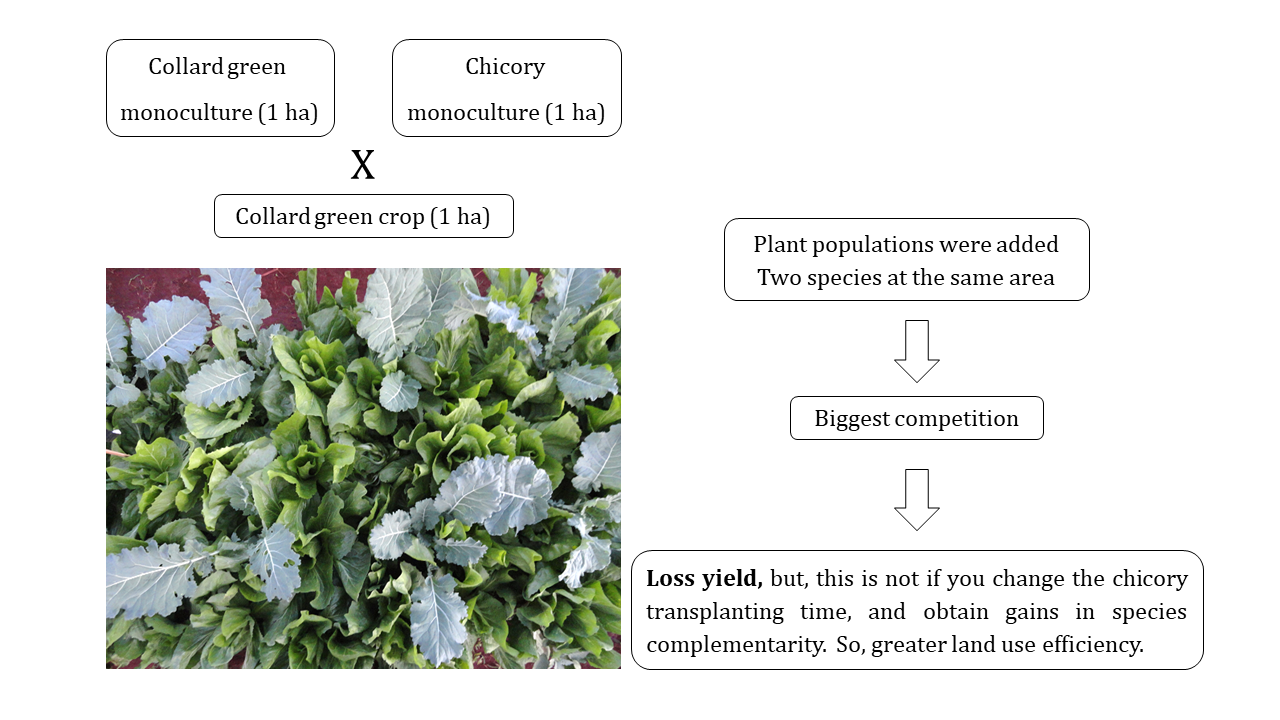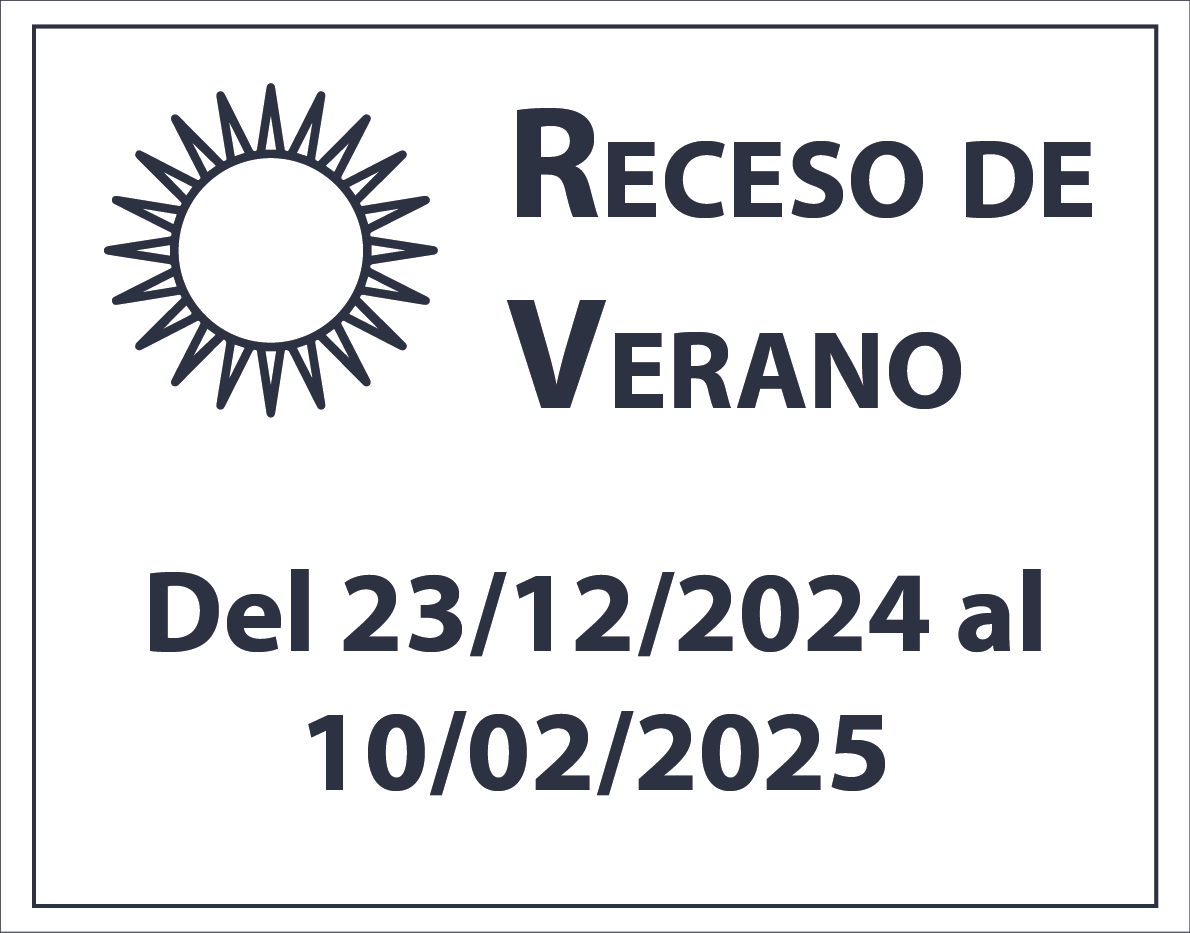Collard greens and chicory intercropping efficiency as a function of chicory (Cichorium intybus) transplant time
DOI:
https://doi.org/10.48162/rev.39.043Palabras clave:
Brassica oleracea L. var. acephala, Cichorium intybus, sistemas de cultivo, viabilidad de los cultivos intercalados, eficiencia del uso de áreaResumen
Vegetable intercropping has advantages over single cultivation in terms of less environmental impact. However, to convince farmers to adopt this production system, it is necessary to prove greater efficiency in the production of more food per unit area and therefore an increase in productivity. An experiment was carried out aiming to evaluate the effect of the chicory transplant time in intercrops with collard greens on crop yields and land use efficiency index (LUE). The experimental design was a randomized block, with nine treatments in a 2 × 4 + 1 factorial scheme, and four replications. Crop systems (intercrop and monoculture) and chicory transplant time (0, 14, 28 and 42 days after transplant (DAT) of collard greens) were evaluated. The collard greens yield increased as the chicory transplant time was delayed. The total and per harvest yields of chicory were not influenced by its transplant time. Regardless of chicory transplant time, collard greens and chicory intercropping provided greater LUE than their monocultures and reached the maximum value (52% higher) when the chicory was transplanted 42 days after collard greens.
Highlights:
- The collard green yield increased by 11 kg ha-1 for each day of delay in the chicory transplant (0 to 42 days).
- The total and per harvest chicory yields were not influenced by its transplant time in relation to collard green transplant.
- The collard green and chicory intercropping provided 52% higher land use efficiency than their monocultures when the chicory was transplanted 42 days after collard green.

Descargas
Publicado
Número
Sección
Licencia
Derechos de autor 2018 Revista de la Facultad de Ciencias Agrarias UNCuyo

Esta obra está bajo una licencia internacional Creative Commons Reconocimiento-NoComercial-CompartirIgual 3.0.
Aquellos autores/as que tengan publicaciones con esta revista, aceptan las Políticas Editoriales.



